© tetronik GmbH. All rights reserved.
© tetronik GmbH. All rights reserved.
Trigger and Monitor MCI Alarms Easily
Fast rescue for the injured
In the event of a mass casualty incident (MCI), like a plane crash, for example, many specialists are needed quickly and an enormous number of things have to be coordinated within a very short space of time. The injuries of those affected must be identified quickly, and in the surrounding hospitals, specialist staff must be mobilized, operating rooms prepared, hospital beds made ready and doctors' schedules restructured.
Despite the exceptional situation with many accident victims and high organizational effort, how can those responsible in the hospital ensure that the incoming patients receive fast and appropriate medical assistance?
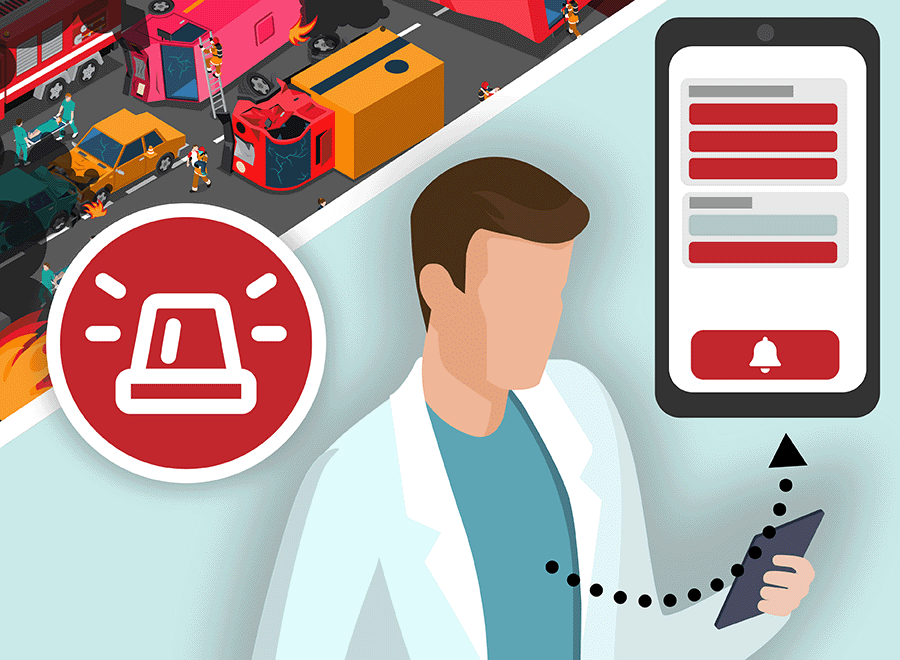
This is how the helpers in an MCI alarm are ready for action quickly
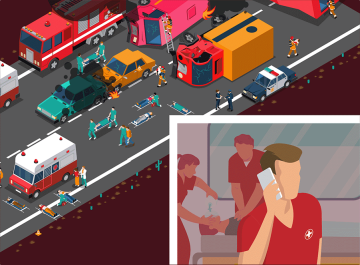
The emergency medical services prepare accident victims for transportation to hospital
A serious bus accident is reported to the emergency call center. The emergency services are on the scene just a few minutes later: While the fire department and police secure the scene of the accident, the paramedics begin to provide first aid and triage the casualties according to severity of injury.
From the ambulances, the paramedics ask the surrounding hospitals where the patients can be admitted and treated.
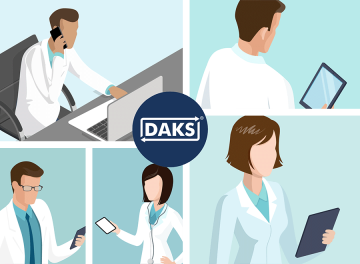
DAKS convenes a crisis team at the hospital
In one of the contacted hospitals, the head of the emergency department can tell from the paramedics' call that there is a large number of casualties. At the touch of a button, he triggers a broadcast call directly to all crisis team members via the DAKS alarm server. They discuss the next steps in the automatically started telephone conference.
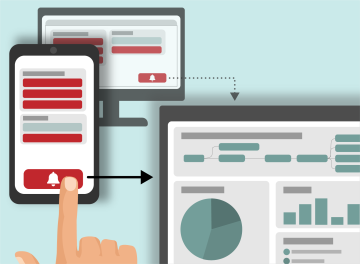
The alarm is triggered and tracked via a dashboard
As soon as the crisis team confirms the MCI status, the MCI alarm is triggered via a dashboard interface. The dashboard is available to all responsible crisis team members either on a PC or on a smartphone. The alarm progress, such as the status of the people reached, can be tracked on the dashboard at any time.
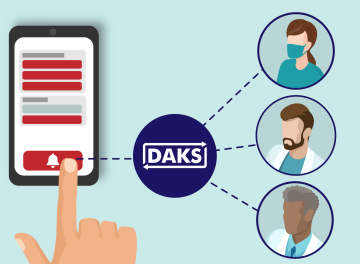
DAKS quickly and reliably assembles the required medical team
DAKS calls the required number of surgeons, doctors, transport service staff and other responsible persons. The DAKS process logic ensures that the required persons can be reached reliably, for example with the help of special ring tones, escalations or the interruption of ongoing calls.

The called helpers confirm that they accept the assignment
The people called receive all the important information they need to know where to go and what to do via an announcement and display text. After receiving the message, the persons reached must confirm by positive or negative acknowledgement that they have received the message and whether they can accept the assignment.

The crisis team always has full control and management of the alarm
The crisis team can follow the confirmation status of those called on the alarm dashboard and stop the alarm prematurely if necessary. They know that thanks to the automation of this high communication effort, all accident victims receive the medical help they need as soon as they arrive at the hospital.
Benefits of DAKS and an IoT dashboard in the event of a mass casualty incident

Quick help for the injured
- Accident victims receive the medical care they need quickly.
- DAKS ensures alerting and escalation within seconds.

Clarity for the emergency services
- All communication channels (voice calls, text messages, teams, etc.) are controlled centrally via the IoT dashboard.
- The IoT dashboard helps those responsible to make decisions with confidence.
- Communication and organizational tasks are simplified and accelerated.
- The risk of stress-related errors is reduced.

Security for those responsible
- MCI must be practiced regularly in order to be ready for action in the event of an emergency. DAKS provides optimum support for regular practice.
- The coordination of operations is optimized by real-time information.
- DAKS ensures seamless documentation and logging.
Discuss your individual
application project with us
Add this solution
to your shortlist
Related Application Examples
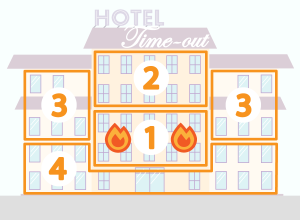
Evacuate Hotel Guests Orderly and Effectively
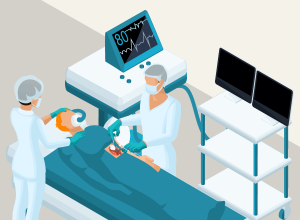
Organize Emergency Operations Quickly and Effectively
- Home
- Applications
- Healthcare
- Trigger and Monitor MCI Alarms Easily
© tetronik GmbH. All rights reserved.




